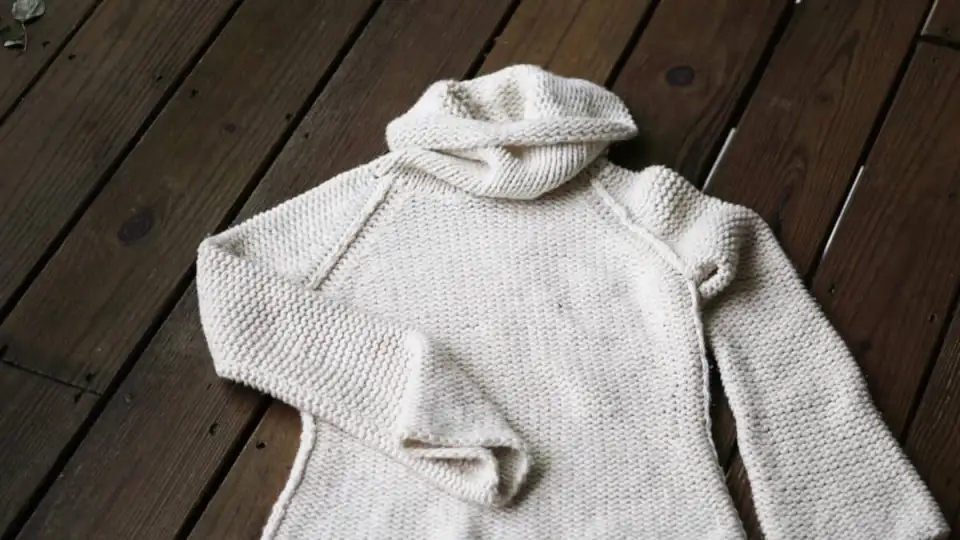
My husband, William, and I have a dream. It is not an absurd dream by any means. It is one of necessity, security, survival, and love. We want to build a home.
The ‘absurdity’ of this dream is only perceived when some listeners hear the ‘unconventionality’ of it. We want our home to be net positive, have a small footprint, provide healthy living, and be a Passive House. ‘Passive House’ is where most people get a giggle. Coming from rural, central Pennsylvania, one does not have to go far to find a family member or friend who does indeed find us silly.
And, at first, it was not helpful that I was so inarticulate about it…
William (being the architect in this relationship) explained to me (obviously not the architect) the concept of a Passive House at least one hundred and one times. Yet, when we went to family gatherings and I was caught in the spotlight to explain what we were doing, all I could come up with was: “I think it goes something like…you can heat the whole thing just by using a hairdryer…but, um, William? Ask him. He can explain it better.” And he did.
In an attempt to educate myself, I discovered that as a concept, to be considered a Passive House, the home or building can only be so ‘leaky’ ~ it is highly efficient, retaining much more energy than it loses. There are tried and true means to becoming Passive House certified (such as having a sealed building envelope and being super insulated), and the standards are set by the German Passive House Institute and the Passive House Institute of the United States. This article attempts to explain solely the concept of a Passive House, not the specific standard requirements. Otherwise, dear readers, I am afraid that this article would just turn into a bunch of words that still don’t actually explain what a Passive House is, and you too will be stuck at social events saying an equivalent amount of blabber as I. So! We shall consult William.
In William’s Words…
Step One: Insulation- Grandma’s knitted sweater
When winter comes along and it begins to bring a chill, you find that you can no longer wear a t‑shirt outside. A t‑shirt just won’t keep you warm. So what do you do? You put on a sweater. What’s so magic about the sweater is that you’re not changing your heat. You don’t have a dial on your chest to turn up your body heat, you’re simply putting an insulative barrier on your exterior, which allows you to keep your body heat. Even if you could “turn up your body heat” you’d have to use more energy to do so. So using a sweater is simply more efficient.
The same goes for buildings. You’re not going to use “t‑shirt” grade insulation. When it starts to get cold outside, it’ll get cold inside too. You could combat this by turning up the heat, but that then of course uses more energy. With this method, you’d have to burn more fuel or use more electricity. However, if you instead used ‘Grandma’s knitted sweater-grade insulation,’ it would take far less energy to keep your house warm.
Step Two: Airtight- Spring/fall windbreaker
The sweater Grandma knitted for you is made from extremely thick yarn and it’s very warm. So you’re warm, until the wind hits you. That yarn sweater is filled with little holes that the breeze can just slip right through and hit your skin; it’s of course no longer warm after that. So you put a windbreaker over it. The wind breaker now keeps your body heat from being whisked away by the breeze, and Grandma’s sweater separates the two temperatures of inside and outside.
The same goes for buildings. You can have crazy thick amounts of insulation, but if there are holes in it, the insulation means nothing. All the warm air in the house is going to escape through these cracks. Again, you could try turning the heat up to compensate for heat escaping, but that uses more energy. An air-tight house is more efficient.
Step Three: Ventilation- Inhaling and exhaling in the same location
Now I know what you might be thinking, if you seal your house up, how are you going to breathe?! That’s where a ventilation system comes in. When you put on Grandma’s sweater, and a windbreaker on top of it, do you suffocate? Of course not! You have a dedicated ventilation system – your nose and mouth. Your entire body needs oxygen, but you don’t breathe it in through cracks in your skin, you use a controlled ventilation system which warms the cold winter air before making it to your lungs, and exhausts the used air right back out of the same location.
An airtight and highly insulated home must have a dedicated and sophisticated ventilation system which regulates air temperature and humidity within the building envelope. Energy Recovery Ventilators (or ERV’s for short) are used at this point of inhale and exhale. Within these systems, the fresh but cold winter air that comes into the building passes directly next to (but does not mix with) the stale, warm air coming out of the building. As the two streams of air pass by one another, the cold air gets warmed and humidified by the stale air leaving.
These are the basic principles of a Passive House in winter, just put into the terms of Grandma’s knitted sweater, a windbreaker, and your own body’s ventilation system. Now, let the intellectual conversations at social gatherings commence!